Does the air inside your car get hot every time you switch on the Air Conditioner?
If you answered yes, it’s because your AC compressor is failing and is not working up to the extent that it used to. An AC Compressor Running But Won’t Take Freon (the refrigerant) properly, resulting in hot air coming out of the vents. Hence, even if your AC compressor is running, it won’t be able to take freon, resulting in hot air inside your car.
Table of Contents
Here’s What You Need To Do
- Turn the engine on and adjust the settings for maximum cooling.
- Ensure that the compressor’s clutch is engaged by ensuring that the center that engages and disengages the pulley is working correctly. If the pulley is moving fast, the freon could be too low, thus preventing the air conditioner from operating.
- Use a voltmeter to check the amount of voltage making it to the compressor if the compressor’s clutch is not engaging.
- If the voltage gets through, the clutch may be faulty. If none of these tips work, please consult a mechanic!
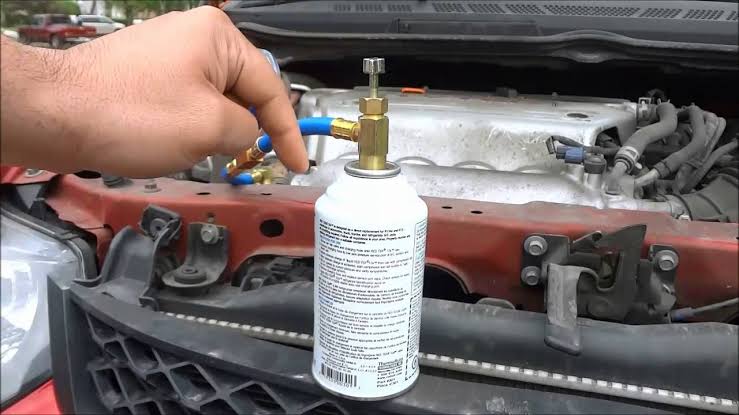
Top 6 Reasons Why Your AC compressor Is Running But Won’t Take Freon
1. Leak In The System
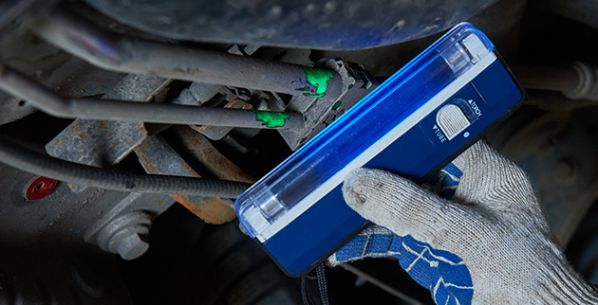
Leaks are one of the most common causes of air conditioning problems. Your vehicle’s AC compressor has internal bearings that prevent the freon (or refrigerant) from leaking out of the compressor. The compressor’s job, in turn, is to pressurize the refrigerant to help cool it down. Over time, this wears the bearings down because of the pressurized environment inside the compressor. As a result, refrigerant leaks because of worn or damaged bearings.
Solution: You can use a UV AC leak detection kit.
If you’re not sure about whether a leak has occurred, use the leak detection kit. The kit uses a dye in the system with a UV light to find leaks. If the compressor is not cycling as it should be, this method may not work. Take care to make sure that the fittings within the system are tight and secure. Inspect the hoses where they are crimped on the fittings, and check the hose manifolds on the compressor.
Next, examine the front seal and o-ring sealings on the pressure switches if you’ve got them on the back of your compressor. Look for pinholes in the condenser, then inspect the area where condensation drains from the evaporator with the UV light. This is where you notice dye or oil indicating a leak. There are many ways to detect leaks in the air conditioner.
2. Low Refrigerant
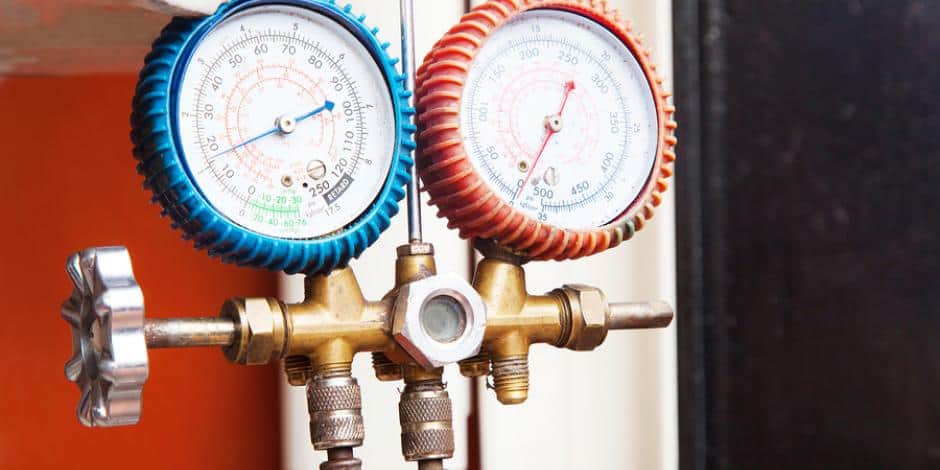
An air conditioner’s job is to circulate cold through the vents in your vehicle. But if your AC system has not been adequately maintained, you will find hot air streaming in your car instead, which could signify that your refrigerant is low. Hot air is a sign of AC compressor failure. As you notice the air getting warmer over time, make sure to pay attention to this – it warns you before the compressor dies completely. Also, sometimes air might not coming out of the vents at all due to a problem with the blower motor or the control panel that regulates the flow of air. Stuck freon may also be the reason behind hot air from your AC system.
Solution: You can add more refrigerants yourself.
Recharging your air conditioner is one of the quickest, easiest, and cheapest tasks when it comes to maintaining your vehicle. It has the potential to cause problems with the AC system if it’s done incorrectly, so read each step carefully before continuing.
Here is the step-by-step process.
- Step 1: you will need to purchase the following
– Two 12oz. cans of r-134a refrigerant
– One refrigerant dispenser
– One pair of goggles - Step 2: Assemble the dispenser.
- Step 3: Verify that the compressor is running.
- Step 4: Locate the low-pressure side refrigerant fill port.
- Step 5: Attach the dispenser.
- Step 6: Recharge the system.
You can click here for more information on each of the steps mentioned above. You can also click on the link below guiding you through the efforts of the same process.
3. A Defective Clutch
The AC compressor clutch is the main component responsible for pressurizing and distributing the AC’s refrigerant, namely freon. When power energizes the clutch coil, a magnetic field pulls the clutch to engage the compressor shaft. If the clutch fails to engage, the air conditioning compressor cannot pump refrigerant.
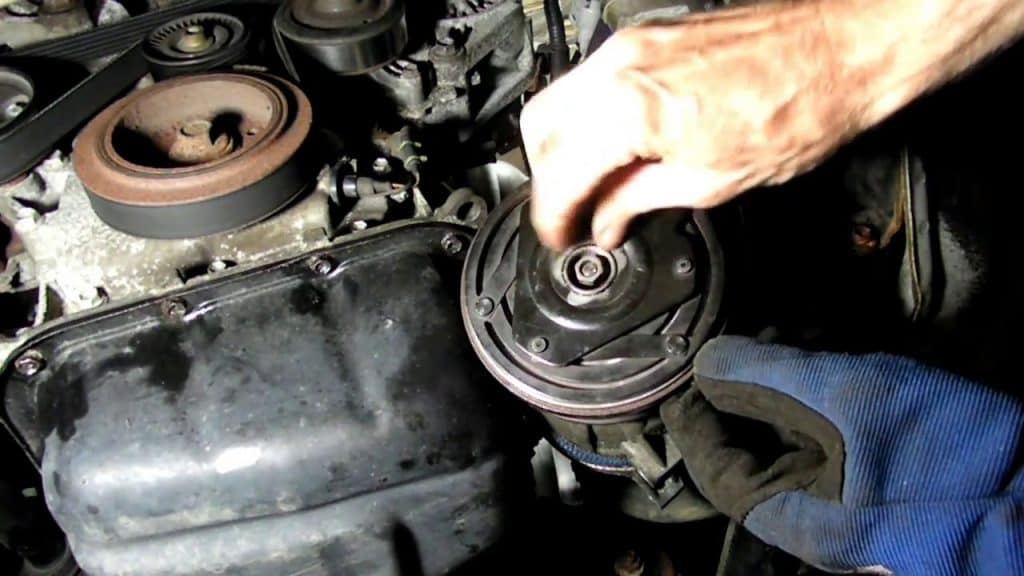
You must always examine this component closely. A slipping clutch can cause your vehicle’s AC to stop blowing cold air. As a result, the AC cannot provide the best level of refrigerant compression.
Solution: Jump-start the clutch.
If your AC is an older model, a jump start is a good idea. Ensure that the AC has a sufficient amount of oil to do any repairs on your own. At the compressor’s front side, you first need to unplug the wire connector, attach a wire jumper to the wire you just disconnected from the compressor. Attach the jumper’s other end of the positive battery of the terminal. This will help the compressor start manually.
4. Replace The Compressor
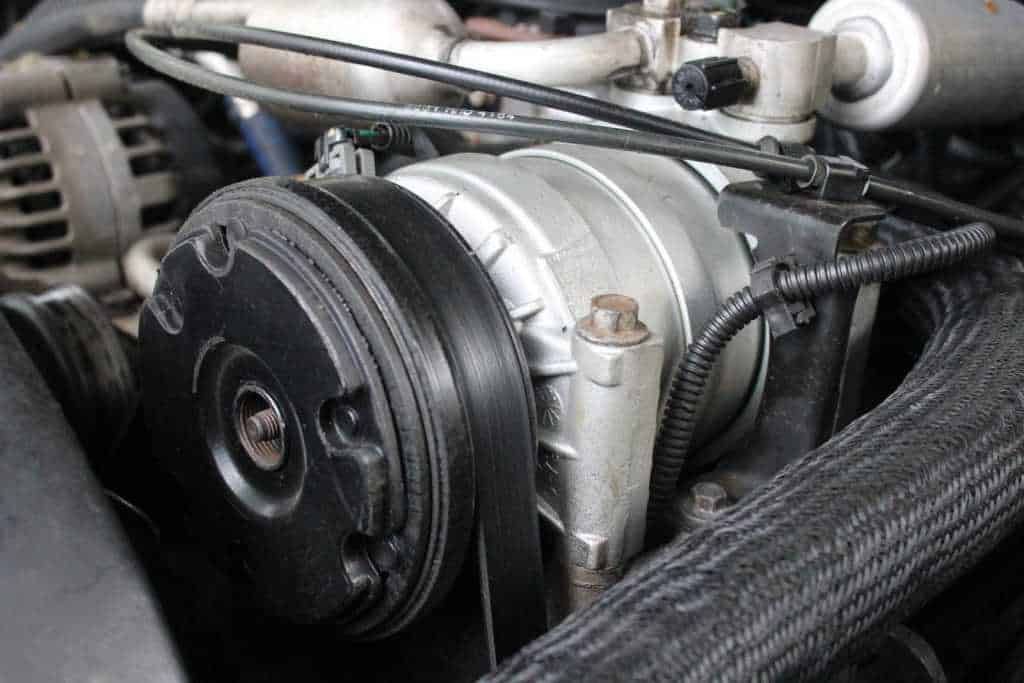
Aside from not taking freon, there may also be other signs that your car’s AC compressor needs to be replaced. Some of those reasons include:
- Odd sounds when the compressor is running
You may hear strange sounds from the AC, such as grinding or whining noise when the AC is activated. When the compressor begins to fail, these sounds start to appear due to the bearings going bad. Turn the AC off to see if the noises stop, then on again to see if the noises resume. If they do, your AC is in trouble. - Circuit breaker tripping
If the outside condensing unit continuously loses power and trips the circuit, this shows that the AC compressor is going bad. This is because the system is drawing too much power and overheating, causing the circuit breaker to trip. Do NOT keep resetting the circuit breaker and turning the system back on because this may cause a potential fire hazard.
Solution: Get your AC compressor replaced.
While this article has covered a few different ways of solving the problem of your AC compressor not taking freon, you may need to visit a mechanic if the problem continues to persist.
5. Clogged Air Filter
A clogged air filter can be a key reason why your AC compressor is running but not accepting freon. The role of the air filter in your AC system is to prevent dust, debris, and other contaminants from entering the system. The airflow gets restricted when the filter gets clogged, causing the system to work harder.
This increased strain can lead to inefficiencies in the overall operation of the AC unit, including its ability to take in freon. Regular maintenance ensures the air filter remains clean and functional, allowing your AC system to operate efficiently.
Solution: Inspect the air filter for dirt or blockage. If dirty, clean or replace the filter and ensure that the filter is correctly installed.
6. Clogged Pipes
Clogged pipes in your AC system can also prevent the compressor from taking freon. The pipes in your AC unit transport the refrigerant (freon) throughout the system. If these pipes become clogged, perhaps due to the build-up of dirt or the formation of ice, it can disrupt the flow of the refrigerant.
Consequently, even though the compressor is running, it might not be able to take in freon effectively. Regular inspection and cleaning of the pipes can help prevent this issue, ensuring the smooth operation of your AC unit.
Solution: Inspect the pipes for any obstructions. Employ a pipe cleaner or a specialized AC cleaning product to clear any clogs. If the pipes are extensively blocked or compromised, professional assistance may be necessary for a replacement.
Frequently Asked Questions
Is it okay to run an AC compressor without freon?
It’s not a good idea to try to operate your AC compressor if it’s devoid of Freon. This substance, also known as refrigerant, is essential to ensuring the system’s cooling function works correctly. Running your AC without it could potentially overheat and damage the compressor.
How do I know if my compressor is out or if I need freon?
If your AC is blowing warm air or not cooling efficiently, it could be due to a lack of Freon or a faulty compressor. A professional can perform a pressure check to determine if it’s a Freon issue, or check the compressor for signs of failure.
What would cause the AC compressor not to kick on?
Several issues, such as a blown fuse, a broken thermostat, or low refrigerant levels, could prevent the AC compressor from kicking in. Electrical complications or a deteriorated compressor might be at the root of the issue.
What does it mean when your air compressor won’t build up pressure?
When an air compressor fails to accumulate pressure, this can signal various issues such as a leak within the system, a faulty valve, or a problem with the compressor pump. Swiftly identifying and addressing the problem is vital to prevent exacerbating the issue.
Conclusion
At this time of year, the thought of going for a drive in a hot car does not sound like a good time. A working air conditioner has the power to take an uncomfortable journey into a pleasant, relaxed one.
Try one of our tips to get the best results from your AC compressor
